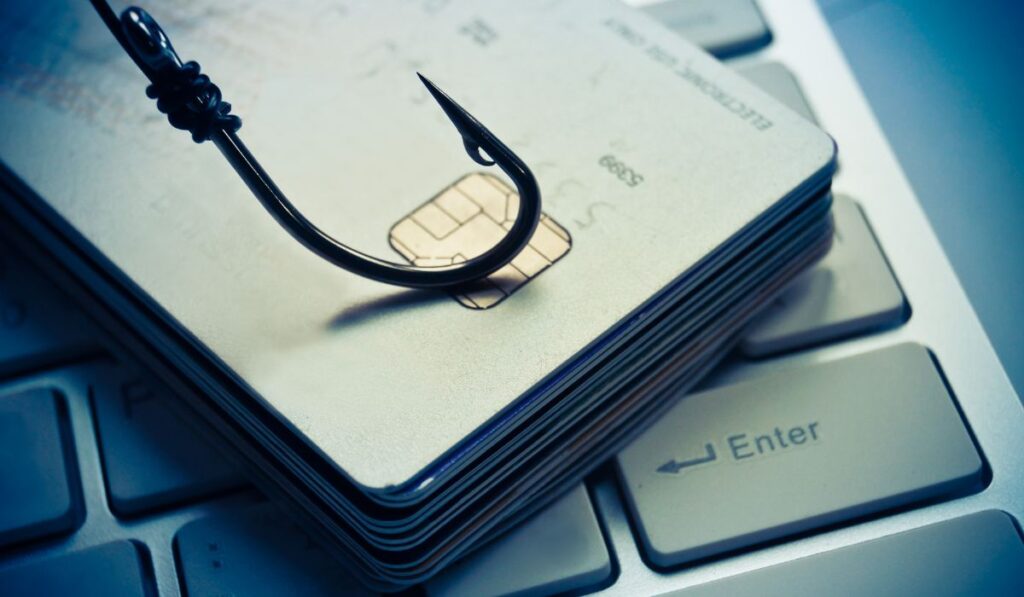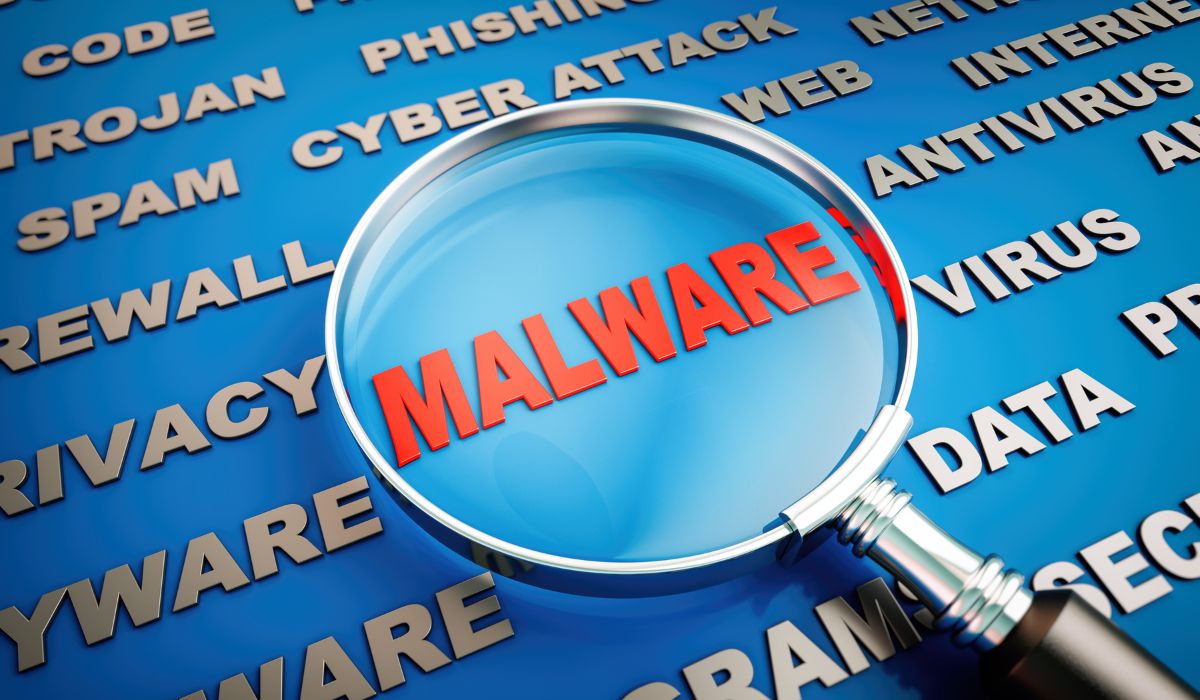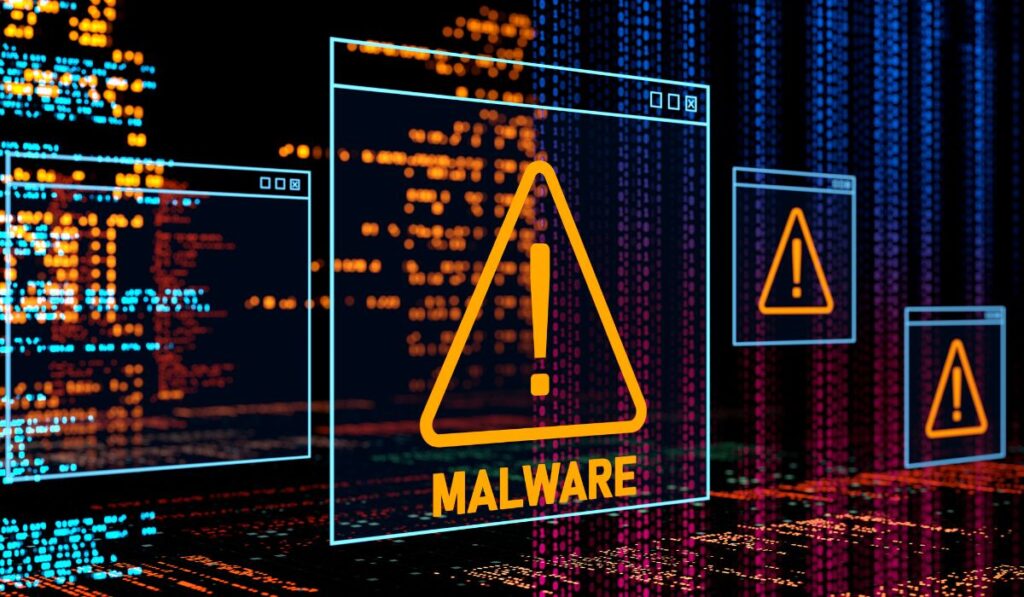Stay Alert: Shield Your Data from Pop-Up Phishing with Pillar Support
Pop up phishing is a deceptive tactic used by cybercriminals to trick users into revealing sensitive information or performing malicious actions through deceptive pop-up windows. These pop-ups often masquerade as legitimate alerts or messages, aiming to exploit users’ trust and lure them into providing personal data or downloading malware. This article will explore the various aspects of pop-up phishing, including its definition, common techniques employed by attackers, and effective strategies to protect against such attacks. By understanding the nature of pop-up phishing and adopting preventive measures, individuals and organizations can enhance their online security and avoid falling victim to these deceptive schemes.
Table of Contents
What is Pop-Up Phishing?
Pop-up phishing is a form of cyber attack where attackers utilize deceptive pop-up windows to trick users into revealing sensitive information or performing malicious actions. These pop-ups often mimic legitimate alerts or messages from trusted sources, such as banks, social media platforms, or software providers, creating a false sense of urgency or importance.
Attackers employ various techniques to create convincing and deceptive pop-ups. They may design pop-ups that replicate the appearance of legitimate websites or use logos and branding elements to make them appear authentic. These pop-ups typically prompt users to take immediate action, such as entering login credentials, providing personal information, or downloading malicious software.
The goal of pop up phishing is to exploit users’ trust and deceive them into divulging sensitive information, which can then be used for identity theft, financial fraud, or other malicious activities. It is important to be cautious when encountering pop-up windows and to verify their authenticity before taking any action.
How Pop-Up Phishing Works
Pop-up phishing attacks typically involve the following steps:
- Initial website visit: The user visits a compromised or malicious website, often through a link in an email, a malicious advertisement, or by mistyping a legitimate website’s URL.
- Malicious code execution: The compromised website contains hidden or injected malicious code that triggers the display of a pop-up window. This code can exploit vulnerabilities in the user’s browser or use JavaScript to generate the pop-up.
- Deceptive pop-up appearance: The pop-up window is designed to mimic a legitimate alert or message from a trusted source. It may include logos, branding, or other elements that make it appear genuine.
- Psychological manipulation: The pop-up message typically employs psychological techniques to create a sense of urgency, fear, or curiosity, prompting the user to take immediate action. This can include warnings about security threats, account suspension, or limited-time offers.
- Solicitation of information: The pop-up prompts the user to enter sensitive information, such as login credentials, credit card details, or personal information, under the guise of resolving the supposed issue or claiming the offered benefit.
- Unauthorized actions: In some cases, the pop-up may trick the user into downloading malicious software or clicking on links that lead to further exploitation.
The ultimate goal of pop-up phishing is to deceive users into providing their sensitive information or performing actions that benefit the attackers. It is crucial to exercise caution when encountering pop-ups, especially from unfamiliar or suspicious sources, and to verify their legitimacy before taking any action.
Recognizing Pop Up Phishing Attempts

Indeed, recognizing pop up phishing attempts is crucial to protect yourself from potential scams. Here are some key indicators and red flags to look out for:
Unexpected pop-up windows
Legitimate websites typically do not display random pop-up windows. If a pop-up appears while browsing a website, especially if it claims to be an urgent security warning or offers a suspicious prize or deal, exercise caution.
Inconsistent or suspicious content
Pay attention to the language used in the pop-up. Look for grammatical errors, misspellings, or strange phrasing, as these can be signs of a fraudulent pop-up. Be wary of requests for personal or financial information through pop-ups.
Verify legitimacy
Cross-reference the information presented in the pop-up with trusted sources or official channels. If the pop-up claims to be from a well-known company or organization, visit their official website directly to check if the information aligns with what is displayed in the pop-up.
Windows or MacOS alerts
Keep in mind that legitimate alerts or system notifications from Windows or MacOS will not appear in the form of pop-up windows. These alerts are typically displayed within the operating system’s interface, such as the taskbar or notification center. Be cautious of any pop-up that claims to be an alert from your operating system.
Remember, it’s important to exercise caution and skepticism when encountering pop-ups, especially if they appear unexpectedly or seem suspicious. If you encounter a pop up phishing attempt, close the pop-up window immediately and refrain from interacting with it. Avoid providing any personal or financial information through pop-ups.
Preventing Pop-Up Phishing Attacks
Absolutely! Prevention is key when it comes to pop-up phishing attacks. Here are some best practices to protect yourself:
Enable pop-up blockers
Configure your web browser to block pop-up windows or use browser extensions that effectively block pop-ups. This can significantly reduce the chances of encountering malicious pop-ups.
Keep software and browsers updated
Regularly update your operating system, web browser, and security applications. Updates often include patches that fix security vulnerabilities, making it harder for attackers to exploit your system.
Exercise caution with pop-ups
Be wary of pop-ups, especially those that appear unexpectedly or seem suspicious. Avoid clicking on any links or buttons within the pop-up, as they may lead to malicious websites or trigger unwanted downloads.
Safeguard personal information
Never provide personal, financial, or sensitive information through pop-ups. Legitimate organizations or websites would not ask for such information through pop-up windows.
Educate users
Raise awareness among yourself and others about the risks of pop-up phishing. Educate yourself and your colleagues or family members about the common techniques used in pop up phishing attacks and encourage them to follow safe browsing practices.
By implementing these preventive measures and promoting awareness, you can significantly reduce the risk of falling victim to pop up phishing attacks.
Responding to Pop-Up Phishing Incidents
Here are the immediate steps to take upon encountering a pop-up phishing attempt:
- Close the window: Immediately close the pop-up window by clicking the “X” button or using the browser’s task manager to force close the window. Do not interact with the pop-up or click on any buttons within it.
- Avoid interaction: Refrain from interacting with any content within the pop-up, such as clicking on links or providing personal information. Do not download any files or install any software prompted by the pop-up.
- Scan for malware: Run a thorough scan of your device using reputable antivirus or anti-malware software. This will help detect and remove any malicious software that might have been installed through the pop-up.
- Report the incident: Report the pop up phishing incident to the appropriate authorities and organizations. This can help in tracking and investigating such attacks and contribute to overall cybersecurity efforts. You can report the incident to your local law enforcement agency, the Internet Crime Complaint Center (IC3), or the Anti-Phishing Working Group (APWG).
By taking these immediate steps, you can minimize the impact of a pop-up phishing incident and help protect yourself and others from falling victim to such attacks.
Pillar Support: Strengthening Defense Against Pop-Up Phishing
Pillar Support is dedicated to strengthening defenses against pop-up phishing attacks and ensuring robust cybersecurity for individuals and organizations. Our team of experts specializes in providing customized solutions tailored to detect and mitigate pop up phishing threats effectively.
Through our comprehensive approach, we offer advanced technologies and strategies to identify and block malicious pop-ups, safeguarding your online activities. We stay updated with the latest trends in pop up phishing techniques to develop proactive measures that adapt to evolving threats.
At Pillar Support, we believe that education and awareness are crucial in combating pop-up phishing attacks. We provide comprehensive fraud awareness training programs designed to equip individuals with the knowledge and skills needed to recognize and respond to pop up phishing attempts effectively.
With Pillar Support by your side, you can enhance your defense against pop up phishing attacks, protect your sensitive information, and maintain a secure online environment. Visit our website or contact us to learn more about our services and how we can help you stay safe from pop up phishing threats.
Frequently Asked Questions
What is Pop-Up Phishing?
Pop-up phishing refers to a deceptive tactic where cybercriminals use pop-up windows to trick users into revealing sensitive information or performing malicious actions. These pop-ups often mimic legitimate websites or display alarming messages to create a sense of urgency and prompt users to take immediate action.
Are Pop-Up Ads a Phishing?
Pop-up ads themselves are not necessarily phishing attacks. Pop-up ads are a common form of online advertising that can be legitimate. However, malicious actors may exploit pop-up windows to launch phishing attacks by displaying fraudulent messages or prompting users to disclose personal information. It’s important to exercise caution and verify the legitimacy of pop-up windows before interacting with them.
What Are the 4 Types of Phishing?
The four main types of phishing attacks are:
1. Email phishing: Attackers send deceptive emails pretending to be from trusted sources to trick users into sharing sensitive information or clicking on malicious links.
2. Spear phishing: Targeted phishing attacks that are highly tailored and personalized to deceive specific individuals or organizations.
3. Smishing: Phishing attacks conducted through SMS or text messages, where attackers trick users into revealing personal information or clicking on malicious links via text-based communication.
4. Vishing: Phishing attacks that occur over phone calls, where fraudsters manipulate and deceive victims through voice communication to extract sensitive information or initiate fraudulent activities.
How Do I Get Rid of Phishing Pop-Ups?
To get rid of phishing pop-ups, follow these steps:
1. Close the pop-up window immediately without interacting with it.
2. Do not click on any links or provide any personal information.
3. Use reputable pop-up blockers or browser extensions to prevent future pop-up windows.
4. Keep your operating system, browser, and security software up to date to minimize vulnerabilities.
5. Enable anti-phishing features in your browser or security software to detect and block phishing attempts.
6. Be cautious of the websites you visit and only provide sensitive information on secure and verified websites.






